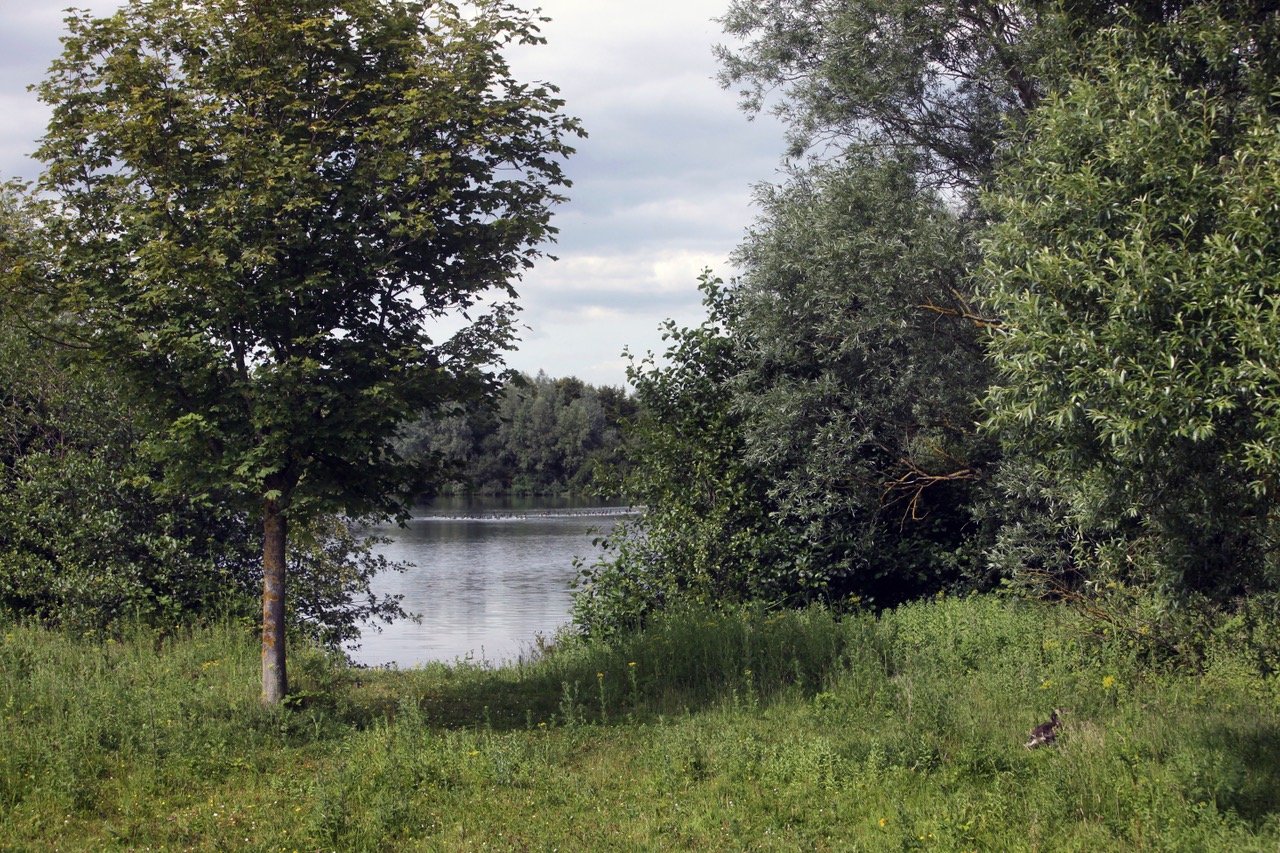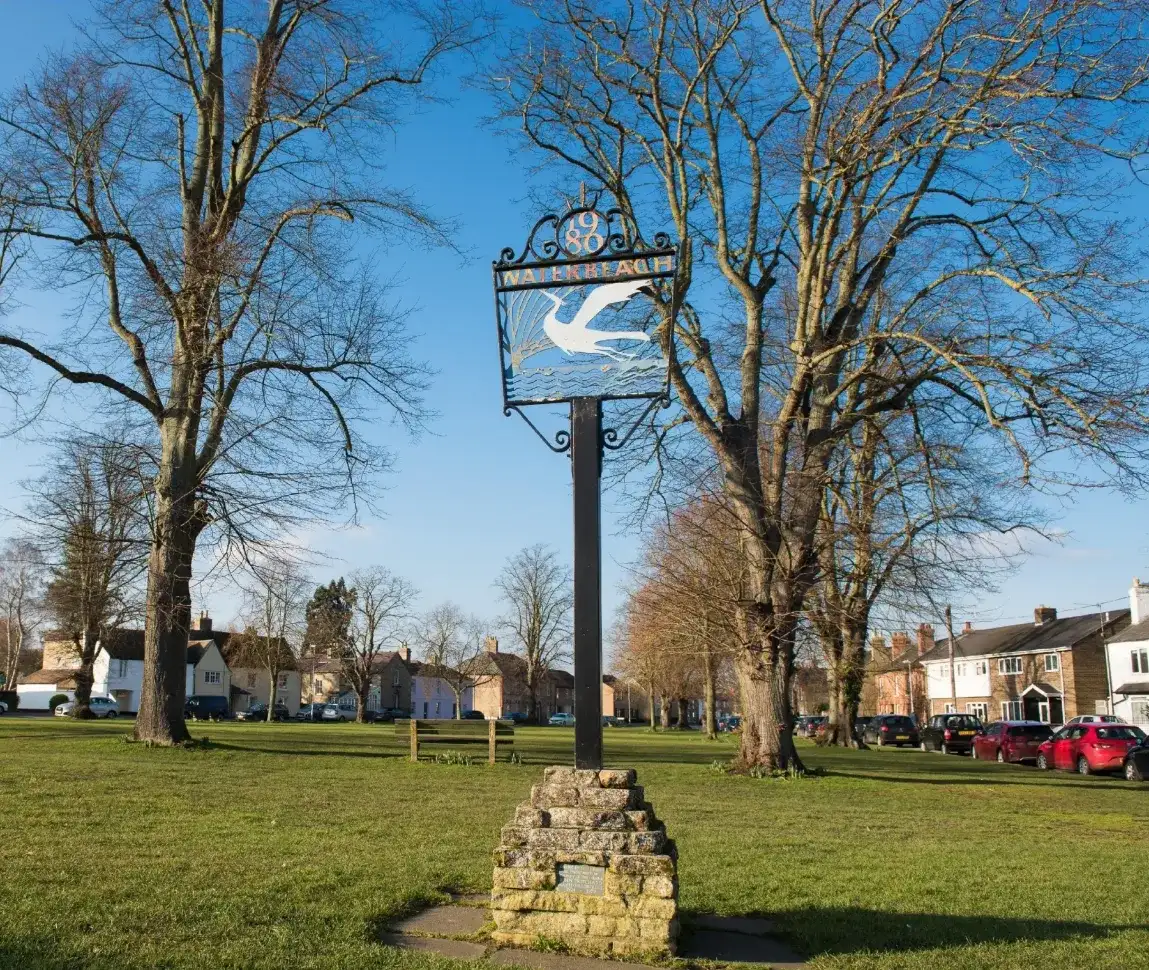The existing woodland is a defining feature of the Barracks and part of the Royal Engineers’ legacy. The future plans – now starting to be rolled out – protect and enhance the woodland, but also use them as the basis for a green network which runs across the site connecting woodland, grassland and other green spaces together. This not only helps species to move about and find food and shelter, but will also provide green ways which encourage residents moving in to walk and cycle safely between the new facilities coming forward.
Much of the existing woodland was planted in dense military lines as part of the Army’s training in different environments and landscapes, and this affects the health of the trees and limits the biodiversity benefit they bring to the wider area. The early works will address this by removing trees damaged by Ash Dieback – a highly destructive fungal disease affecting Ash trees across the country – opening up denser areas to create woodland glades which enable areas for richer biodiversity and also enable some of the woodland walks and play which will be a key feature for the new community.
David Bole, from the Forestry Commission, who have been working with Urban&Civic to design the works being undertaken, said: “Woodland is a vital part of our natural eco-system, with trees providing shade for people and homes for wildlife, as well as helping us to clean the air and capture carbon. The unique legacy of woodland from the Royal Engineers provides a great starting point, but at the same time the density of planting and the amount of Ash that is suffering within the woodland blocks means we need to take some action to get them in better condition.
“Urban&Civic and their team have been working with us to understand how best to manage woodland going forward to get the best out of our trees and woodlands. And also to ensure that new trees being planted are the right species and planted in the right way to ensure robust woodland for the future. It’s really exciting to be working with a business which puts the environment at the heart of what they do and this project is a great example of this.”
James Patmore, Director of Ecology at Bradley Murphy Design who support Urban&Civic on landscape design and biodiversity net gain added: “The work will make the single species plantation areas of military woodland more resilient and diverse. Crucially it will also enable the addition of tree species to provide more variety of height and density within the tree canopy and support local wildlife: creating habitats that will achieve a net gain in biodiversity across the development as it moves forward.”
Alongside the woodland management, the first phase landscaping work includes the creation of new waterways, including small lakes and swales to carry up to 68,000 cubic metres and connected by over 1km of ditches. This will support the management of the wider water systems, improve the health of the woodland and grassland, and provide an attractive setting to the gateway to the development.
Landscape work will also create a new profile to the trees and hedges along the A10, which will be heightened in places to create and enhance an ecological corridor along the Car Dyke corridor. The route will include a green corridor for walkers, cyclists and horse riders, which is the first phase of a leisure route around the edge of the development, which will connect to the lake, the central parkland areas and Historic Causeway, providing a series of walking and running loops for people to enjoy and explore.
Work will start in the next few weeks and will carry on throughout the first phase of development, on a seasonal basis, including:
- Bringing 24 acres of woodland into management for biodiversity;
- Planting 11,000 new trees within and around woodland, in new public open spaces and as street trees framing new roads and cycleways. In total Phase 1 will see over 17,000 trees planted;
- New waterways to carry up to 68,000 cubic metres of water, connected by over 1 km of ditches;
- Trees in poor health, including Ash trees suffering from Die-back, will be replaced by new species resilient to disease and climate change.
Tim Leathes, from Urban&Civic said: “The first work on site sets the tone of our ambition to create a unique landscape for people and nature, where wildlife can thrive in woodland, grassland and waterways, within the setting of the development. This work will not only improve the health of the trees and the species and habitats around them, but will also create the most amazing setting for the first Primary School coming forward and the first homes being built north of the lake, and create really special play spaces within the woodland glades. By designing the two together, we can ensure the right spaces where nature and people can thrive.”
Woodland is a vital part of our natural eco-system, with trees providing shade for people and homes for wildlife, as well as helping us to clean the air and capture carbon.



